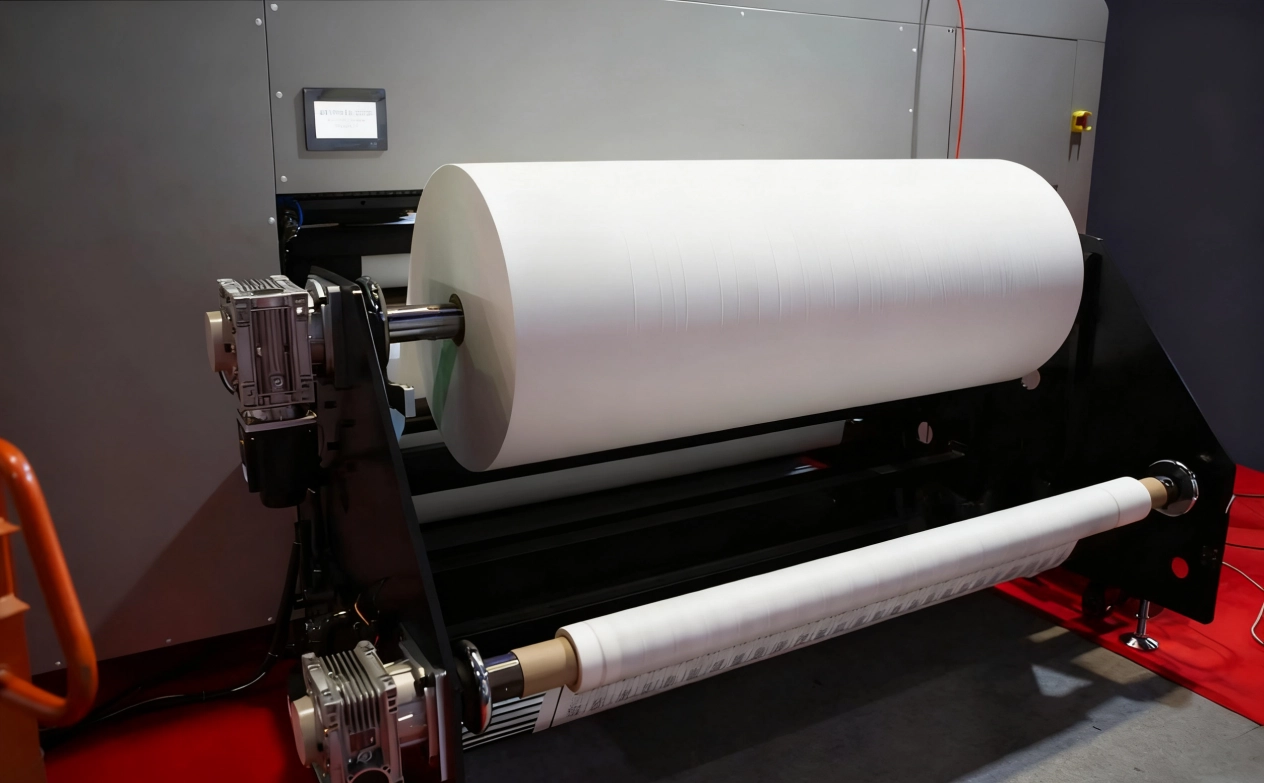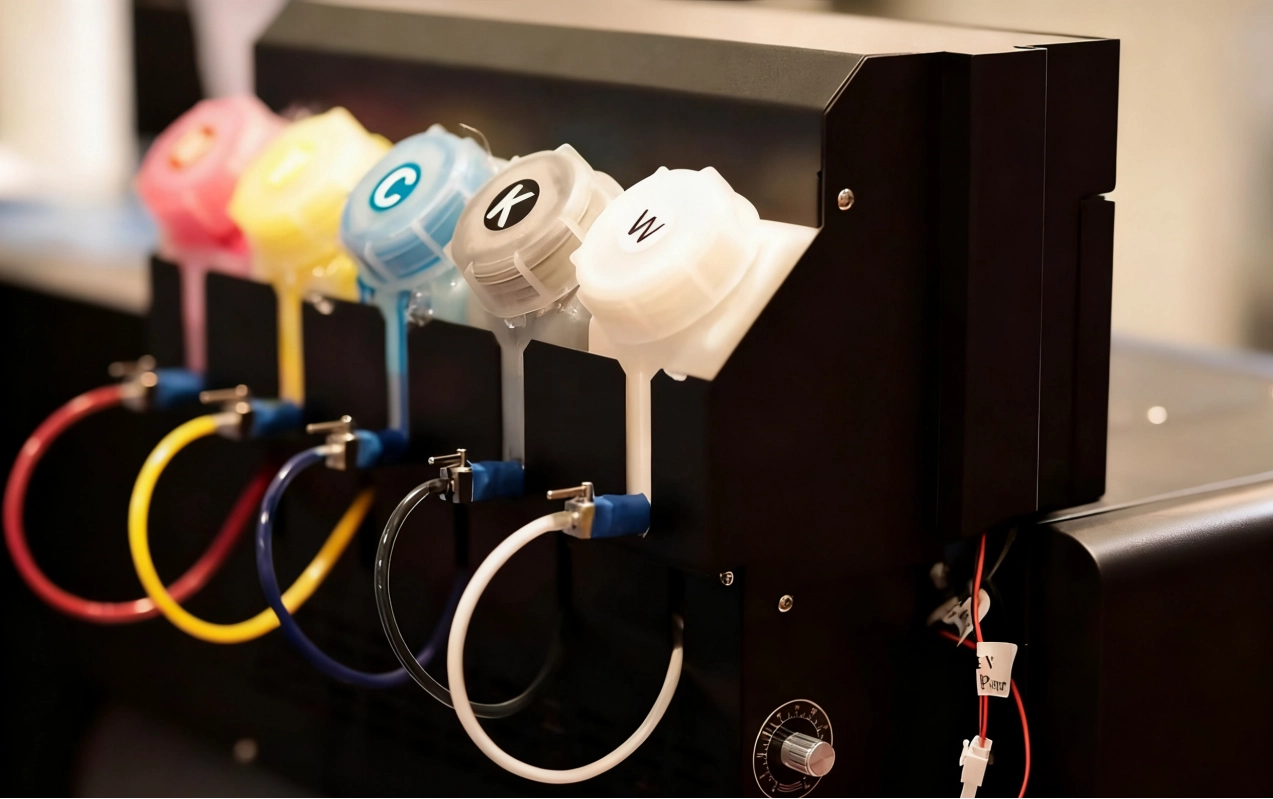HOT SALE
APPLICATION
Phone:+86-15215969856 E-Mail: 396838165@qq.com
In the dye sublimation printing industry, profit growth hinges on tight cost control rather than just pushing sales. Ink expenses can devour 30% of a shop’s budget, while a single misprint on sublimation transfer paper might waste $50 worth of materials. Small businesses and print shops face this daily—overstocked rolls curling up, or a dye sublimation printer guzzling ink due to poor settings. This guide offers practical steps to cut costs in sublimation paper printing, drawing from real-world insights and the expertise of sublimation printer suppliers like Changfa Digital. Whether you run a home-based operation or a mid-sized facility, these tips aim to boost your return on investment while keeping quality high.

Choose the Right Sublimation Printer and Supplier
The foundation of cost-effective sublimation paper printing lies in selecting the right sublimation printer and a dependable sublimation printer supplier. A poorly chosen machine can lead to $500 in annual repairs, while the wrong supplier might delay parts for weeks, resulting in huge lost orders. Matching equipment to your needs and understanding total ownership costs are critical first steps.
Choosing the right setup isn’t always straightforward. High-end dye-sublimation printers are expensive, and if used for low-volume production, they’ll sit idle most of the time. On the other hand, cheaper models can have a high failure rate. So how do we choose? A reliable supplier can help you navigate this dilemma. Let’s explore.
Analyze Your Needs: Printing 150 t-shirts a week? A sublimation printing machine like Changfa’s CF-2000, boasting a 1900mm width and 105㎡/h at 2-pass, fits perfectly. Smaller jobs—say, 50 mugs or banners—work fine with a 600mm printer. List your materials: polyester fabrics, ceramics, or metal sheets. Each demands specific ink and paper types. Check peak times too. Holiday rushes might push you to 200㎡/day, so scalability matters. Consult your sublimation printer supplier to align specs with your workflow.
Total Cost of Ownership Assessment: Look beyond the price tag. A $10,000 sublimation paper printer might seem steep, but add ink, electricity, and maintenance, and costs mount. Budget models often waste 30% more ink or need $1,000 head swaps yearly. Changfa’s CF-2000 lowers TCO with 3L ink cartridges, cutting refills by 25%, and a dish-shaped filter that traps 99% of impurities, stretching head life by 6 months. Run a 3-year TCO—savings often hit $1,500 with quality gear.
Importance of a Reliable Supplier: A solid sublimation printer supplier offers more than machines. Changfa Digital, with 12 years in the field, operates four coating lines and ten slitters, shipping worldwide with a defect rate under 1%. Unreliable suppliers can delay your delivery, resulting in significant financial losses. Changfa can deliver samples within 10-12 days and mass production within 10-15 days. We also offer customized services—including logos and setups—that can save 10% in adjustment costs. A trusted partner can keep your sublimation paper printer running smoothly.
The right equipment is key, but paper waste can offset gains. Let’s shift our focus to better managing paper resources.
Reduce Waste With Better Paper Management
Sublimation transfer paper costs around $0.20 per square foot, and a 10% waste reduction can save a mid-sized shop $2,000 yearly. Poor management—curled rolls or wrong weights—drains profits fast in sublimation paper printing. Proper care flips the script without extra investment. Here’s the approach.
Choose the Right Weight: Paper weight, measured in GSM (grams per square meter), must match your project. Light 45 GSM suits thin fabrics; 100 GSM handles rigid panels like ceramics. Wrong picks blur prints—rejection rates hit 50% in some cases. Changfa’s range, 45-100 GSM, covers most dye sublimation printer needs.
Tips for Reducing Waste: Simple tweaks cut losses. Pre-cut sheets to match designs, avoiding 10-15% oversize waste per roll. Use RIP software like Maintop6.1 for nesting layouts, squeezing 5% more prints per sheet. Checking rolls for creases can help prevent costly reprints.
1.Precise trimming: Size sheets to designs, saving 5-10% material.
2.Batch printing: Group jobs to fill rolls, reducing waste by 8%.
3.Daily checks: Adjust rollers to avoid jams and damage to sheets.
Proper Storage: Humidity above 65% saps sublimation transfer paper, causing smudges—tropical shops report 20% losses. Store at 35-65% humidity and 18-30°C, as Changfa advises. Sublimation transfer paper should be stored in sealed bags. Open rolls will curl within a week. Use core caps and pallets, keeping rolls upright to avoid 2% deformation. Good storage stretches shelf life by 6 months, protecting your dye sublimation printer investment.
While saving paper is important, printer settings can be even more costly. Let’s adjust the settings.
Adjust Printer Settings to Save Cost
Fine-tuning your dye-sublimation printer can reduce ink and time costs. Excessive ink flow or clogs caused by neglected maintenance can lead to increased financial losses. Adjusting modes, colors, and maintenance can improve the efficiency of your dye-sublimation paper printer. Here’s how to optimize your settings.

Ink Mode Selection: Pick modes wisely. Changfa’s CF-2000 runs 2-pass at 105m2/h for drafts, or 6-pass at 35m2/h for sharp retail prints. It often balances quality and savings, cutting 10% waste. Switch to economy for bulk runs. The CF-2000’s siphon ink system steadies flow, reducing overuse by 5%. The intelligent alarm flags low ink, stopping 3% loss from dry runs—handy during long shifts.
Color Management: Poor color profiles waste ink—vivid settings bleed 30% extra. Use RIP software like Maintop6.1 to fine-tune CMYK mixes. Calibrate monthly; drift costs $200 yearly in test prints. Tailor profiles to materials. Polyester needs less saturation than ceramics, saving 10% ink. CF-2000 handles JPG/PDF inputs, easing adjustments.
Regular Maintenance: Clogs hit hard—neglect costs $300 in head swaps every 100 hours. CF-2000’s auto-cleaning cuts manual effort by 80%. Wipe rollers weekly; dust causes 5% misfeeds. Quarterly deep cleans keep heads wet with its moisturizing system, adding 4 months to life. Check filters—dish-shaped ones trap 99% of debris.
Common Costly Errors and How to Avoid Them
Mistakes in sublimation paper printing hit hard. A miscalibrated heat press can ruin $100 of fabric daily, while rushed jobs pile up rejects. Spotting these traps keeps your sublimation printer on track. Errors often lurk in routine tasks. A press off by 5°C fades prints, scrapping 20% of output. Unprepared fabrics double the ink use. Simple checks dodge these.
Calibrate the Heat Press: Set heat presses to 190-200°C for sublimation transfer paper. A 10°C error fades prints, wasting 20% of jobs. Pressure needs 50-60 PSI for most fabrics. Too low skips ink; too high scorches. Recalibrate monthly—one shop lost $500 from uneven heat last year.
Use Test Strips: Run 10cm test strips before full prints. They catch color flaws, saving $50 per bad batch. Check alignment and bleed—2% defects vanish with this. Changfa CF-2000’s 300DPI spots issues early.
Process Fabrics Correctly: Pre-wash polyester to remove oils; unwashed cuts vibrancy by 15%. Dry fully—a damp cloth warps prints, losing $20/yard. Iron flat to kill wrinkles, which ruin 5% of runs.
Conclusion
Cost control in sublimation paper printing weaves through every step—choosing a dye sublimation printer, managing sublimation transfer paper, tweaking settings, and dodging errors. Changfa Digital, a leading sublimation printer supplier with 12 years of experience, supports this with tools like the CF-2000. This sublimation printing machine offers a 1900mm width, printing 105m2/h at 2-pass, which can save a considerable amount of money every year. Our German-imported coating line ensures sublimation transfer paper with a defect rate below 1%, while four coating lines and ten slitters handle global demand. For tailored advice or custom solutions, please contact us at 396838165@qq.com.







